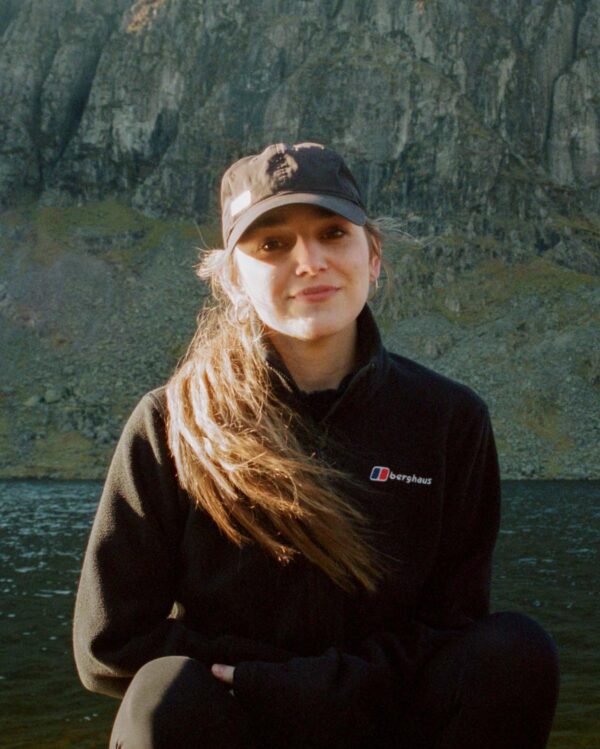Read Time 11 minutes
The image as object [Nan Goldin & me]
Susan Sontag called it ‘the magic of the real’, a magic we must work harder and harder to know as our relationship with images becomes increasingly digitised and intangible.
This writer’s relationship with the work of Nan Goldin has reinforced the importance of a physical connection with art – here she explores the ways that, for her, physicality outweighs authentication.
When I first moved to London, 10 years ago and 18 years old, I found a small Nan Goldin photo book in a charity shop. Not long after, I ripped out a picture of a cloudy, orangey sunset from the book and stuck it onto the wall above the kitchen sink. It’s been stuck in every flat I’ve lived in since, and currently it lives on my bedroom wall. Although mostly sky, a black silhouette also runs along the bottom of the photo that outlines a cluster of leaves, a single lit-up street light, and what looks like a very long chimney coming from a building with a sloping roof. When I first saw it, Nan’s photo reminded me of a photo I had taken as a teenager. My picture was of a pinkish sky and showed the rooftops, chimneys and TV ariels of some of the houses on the street where I lived for most of my childhood, firmly rooting the anonymous and generic sky pic to a place I knew well. It was one of the first pictures I had taken on a 35mm camera and I recently retrieved it from a box stashed in my wardrobe and stuck it on the wall next to Nan’s photo. Side-by-side, the two pictures are only as similar as any two pictures of a cloudy evening sky always will be, but as images, and objects, they both contain a piece of something other than sky, that ties them physically, tangibly, to a real time and place.
A couple months ago I went to an exhibition at Satellite, a shop space in Holdrons Arcade off of Peckham’s Rye Lane. It wasn’t an official Nan Goldin exhibition and it wasn’t affiliated with her gallery [previously Marian Goodman, now Gagosian], and there were no large format prints. What was being shown was a single wooden framed light-box hanging on the wall, illuminating 100 slide projector slides. Each plastic slide labelled: ‘Goldin, Nan, The Ballad of Sexual Dependency’. I got talking to the person who ran the space and they told me how a friend of theirs had found the slides on eBay and bought the whole lot for about £250. They had tried, but with little success, to verify their authenticity, the general consensus being that the slides had been used by a gallery or museum to show Nan’s beloved slideshow – but with no real indication of where or when this may have been, or if this was actually the case. How authentic they were maybe didn’t really matter all that much. The validity and value of these slides came from something that didn’t need a gallery’s official seal of authentication.
Kodachrome film, which ceased production in 2009, was a film that produced a 35mm colour positive as opposed to a negative. It was a reversal film, which meant the images were developed onto a transparent base, which could then be viewed as projections using a slide projector. Pictures take on a kind of cinematic aura when shown in this way and the most well known Kodak projector for 35mm slides is playfully called a Carousel. Nan’s miniatures, despite sitting statically and silently encased on the wall, spiked with life. Full of movement and feeling, these super-concentrated versions of her photos were tiny snapshots straight out of Nan Goldin’s 1979-1986 life. I was familiar with these little plastic slides as I’d played around with an old slide projector before. Someone gave me a broken one where the projection mechanism worked fine but the slides didn’t automatically change. I had to change them manually, which to me was better. I liked being physically integral to the satisfying and mechanical motion required to change each slide.
![The image as object [Nan Goldin & me] 5 The image as object [Nan Goldin & me] | Simone de Villiers | Darklight Digital](https://darklight-digital.com/media/2023/08/img-8208-5x5.jpg)
The pictures from this series are about a time that I wasn’t around for. A pre-digital time: Downtown New York, skinheads in 70s London, Cookie Meuller, Provincetown, waterside picnics in Boston, Misty and Jimmy in a Taxi! A kissing couple on a Thompson Square bench! Kodachrome! They’re not really a time that anyone was around for, even if they were. The pictures are of her life, from her perspective, her choices, her colours, her compositions, her selections. Despite this, whenever I look at her work, I am swept with familiarity, or something like it.
Nan’s picture on my wall has become a kind of grounding object. My attachment to it has only increased in the 10 years I’ve known it and I now feel protective of it. I want the picture to have a place wherever I move to next. But the original version, the real thing. And by that I mean the ripped out version from the book I found as an 18 year old. The version with the torn edge on the left and a description of a different Nan Goldin photo on the back, the paper bumpy and stained from years of existing amongst kitchen condensation and late night cigarette smoke. The sacred original. My sacred original.
![The image as object [Nan Goldin & me] 6 The image as object [Nan Goldin & me] | Simone de Villiers | Darklight Digital](https://darklight-digital.com/media/2023/08/screenshot-2023-08-25-at-112309-5x3.png)
Susan Sontag, On Photography, 1977:
‘Photographs are, of course, artefacts. But their appeal is that they also seem, in a world littered with photographic relics, to have the status of found objects – unpremeditated slices of the world. Thus, they trade simultaneously on the prestige of art and the magic of the real. They are clouds of fantasy and pellets of information. Photography has become the quintessential art of affluent, wasteful, restless societies.’
Both pictures, Nan’s and my own, have become exactly this; ‘photo relics’. There is an almost spiritual significance to them, to their existence in my life.
In 2023, photography is still the poster child for our wasteful, restless society. Clouds of fantasies existing in The Cloud. The difference is that when photography only existed in the physical/tangible real, a photo could be both image and object, artefact, a thing to hold and touch and move around, tear and scrunch, stick on the wall or into a back pocket. I want more of this. The stuff with texture, the stuff I can engage my motor skills with. More reality in my life and in my hands, less digital, less screen, more physical world loving and touching and holding and fucking. Less of the stuff that only exists through the rectangular portal in my hand. That’s what I want. The conversation around digital vs analog used to feel like one purely based on taste, however, I am beginning to feel that the cultural nostalgia for analog is rooted in something far more valuable. The physicality of analog is helpful, helpful to humans, I think. I think it may be a good thing, helpful, to engage physically with objects, to remember that we are physical too, with physical needs, physical wants and physical desires.
![The image as object [Nan Goldin & me] 7 The image as object [Nan Goldin & me] | Simone de Villiers | Darklight Digital](https://darklight-digital.com/media/2023/08/img-8223-scaled-e1692959687902-1200x1348.jpeg)
![The image as object [Nan Goldin & me] 8 The image as object [Nan Goldin & me] | Simone de Villiers | Darklight Digital](https://darklight-digital.com/media/2023/08/img-8225-scaled-e1692959734940-1200x1416.jpeg)
I remember reading about how the IPCC’s [Intergovernmental Panel on Climate Change] AR6 synthesis report that came out this year contains no new science. It only used the findings from the previous reports to make its points about the gravity of the environmental crisis. It’s like we, as humans, already have everything and all the information available to us to know exactly what we need to do next in order to salvage what planet we have left, and the only thing scientists can really do now is keep reframing the existing science until we engage and listen. I feel like there is something similar that can be applied to the future of art making, as a way of creating and showing work that is sustainable and mindful of the environmental impacts of its production process. The found slides being shown at Satellite created something new from something that already existed. Reframed, the slides became something new when they were castrated of their original purpose as slides within a slide projector. They were brought to front-and-centre stage and became the core of the work, instead of something that only operated out of sight and behind the scenes. The slides were given a second life, a second life of meaning, interaction and engagement, a second chance of existing as art. The light-box illuminated them as valuable objects in their own right and gave them a whole new life-force.
Out of the 100 tiny pictures on display, the one that I thought about the most afterwards was a picture of two skeletons painted on a wall. Skeletons coupling, NYC [1983]. I had seen the picture before but the version I was familiar with was vertical, so the skeletons looked like they were standing up, lent against a blue door frame mid-embrace. In the light-box, the picture was shown on its side, so instead of leaning upright against a blue door frame the skeletons looked like they were lying on a blue mattress, horizontal, one on top of the other, hands on face and ass, well and truly mid-fuck. A spark of energy had been given to the image from the way in which it had been turned on its side. A change of perspective, from an incremental change.
Small interactions, objects, pictures, that contain much larger ideas, thoughts, feelings. Tiny things, everyday things, to engage with intimately. When time is taken to look at an object, experience life alongside it, tangibly, physically, it is impossible to deny its existence, to respect its existence, to understand its lasting role within our existence.
END
subscribe for the latest artist interviews,
historical heronies, or images that made me.
what are you in the mood for?

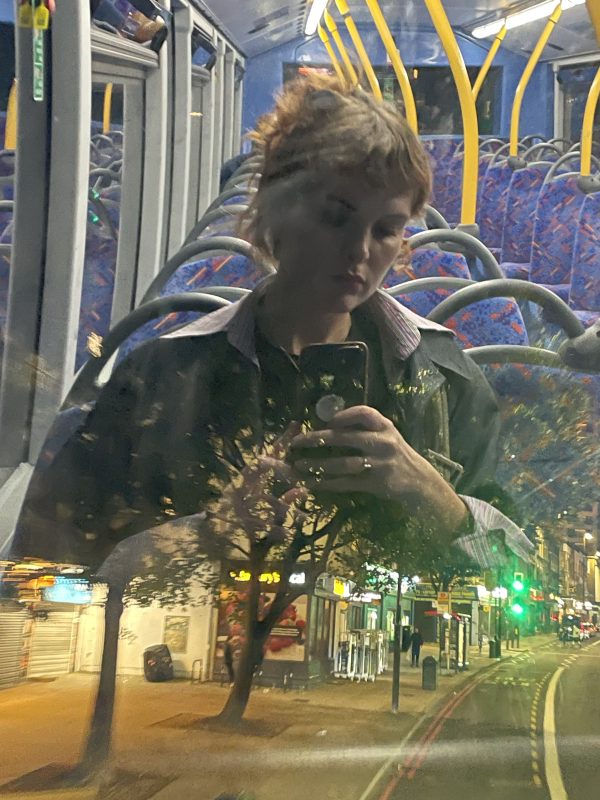
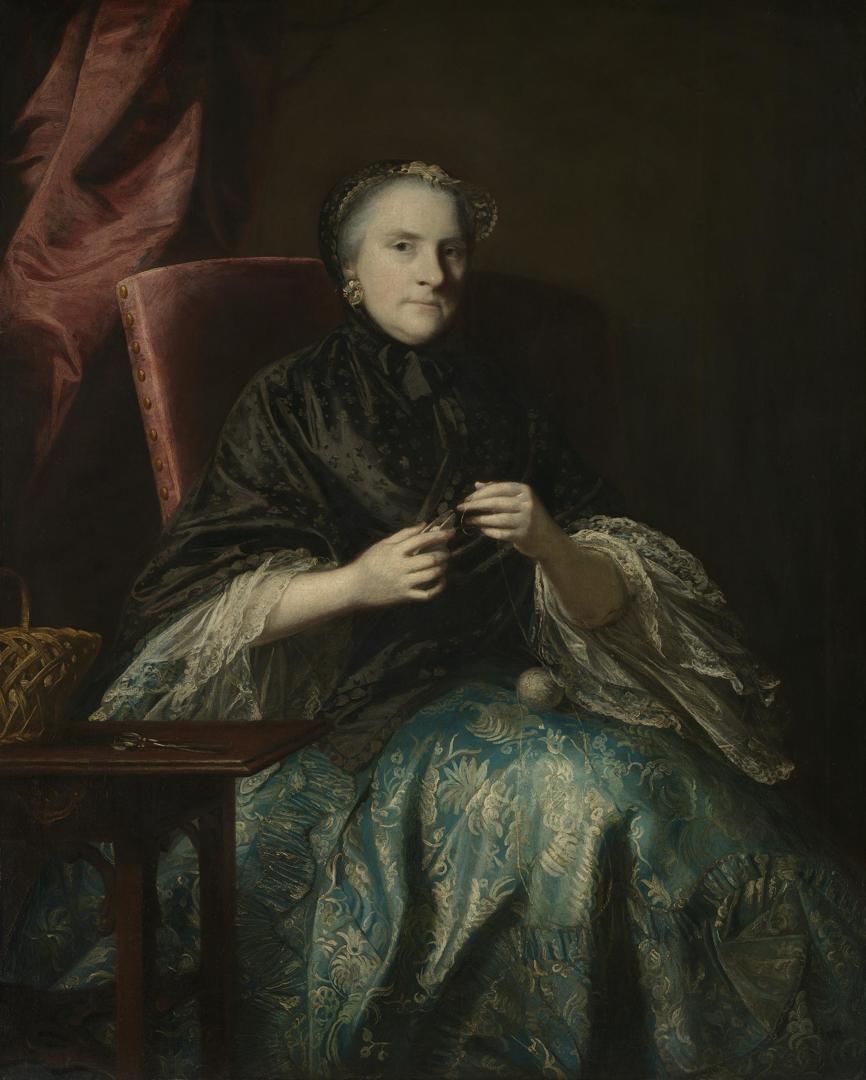
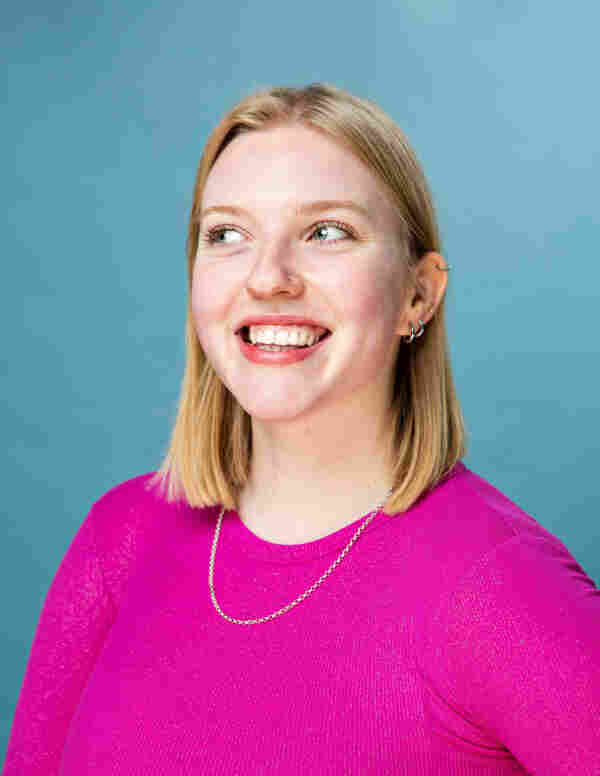
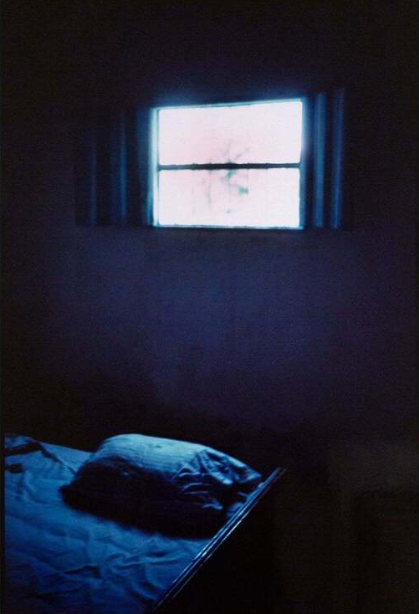
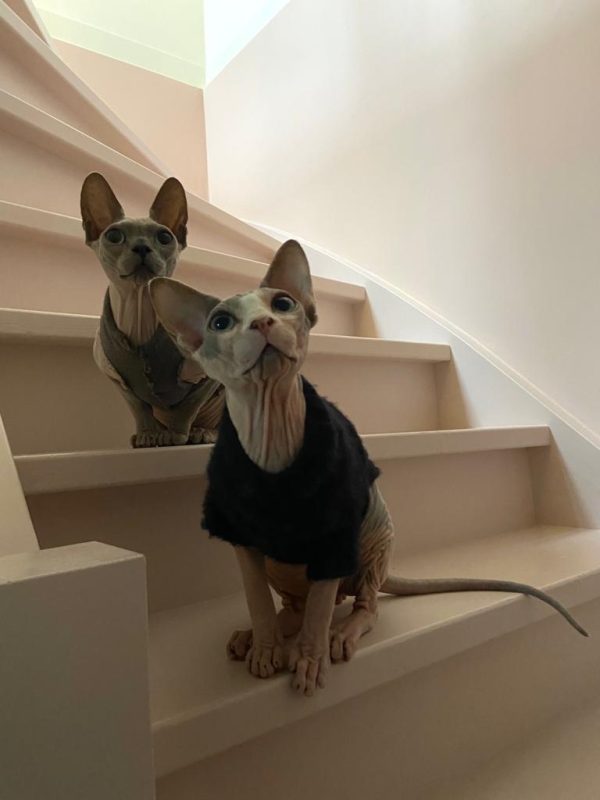
![Darklight Digital - The image as object [Nan Goldin & me] Page Image](https://darklight-digital.com/media/2025/06/lowri-cooper-portrait-5x5.jpg)

![Darklight Digital - The image as object [Nan Goldin & me] Page Image](https://darklight-digital.com/media/2024/02/screen-shot-2021-07-08-at-41359-pm-1024x770-1-5x5.png)

![Darklight Digital - The image as object [Nan Goldin & me] Page Image](https://darklight-digital.com/media/2025/07/juliet-klottrup-press-1-5x5.jpg)
